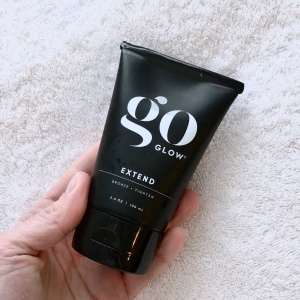 With spring break behind us, we’re all starting to think about summer plans. Gone are the days of which laying out and exposing yourself to UV rays seems reasonable – we now know that there is a direct link from UV tanning to skin cancers (and aging appearance of the skin!)
With spring break behind us, we’re all starting to think about summer plans. Gone are the days of which laying out and exposing yourself to UV rays seems reasonable – we now know that there is a direct link from UV tanning to skin cancers (and aging appearance of the skin!)
Enter sunless tanning! The hero of those who like a bronze appearance on their skin, but want to be safe about sun safety. Spray tans are a great way to get that sunless tan, but for those who can’t make it into the salon, there are – finally – awesome options for sunless tanning at home.
Dihydroxyacetone {aka DHA} is the workhorse of sunless tanning. It’s a simple compound derived from plants, such as sugar beets or sugar cane. When DHA is applied to the skin, it reacts with the amino acids in your skin to produce melanoidin – a light brown pigment. Be sure to exfoliate prior to application, to make sure you avoid areas of uneven color.
The end result of sunless tanning looks quite similar to skin tanned by UV {minus the lobster red sunburn!} The brownish coloration lives in the top layer of your skin and is naturally sloughed off when dead skin cells are exfoliated; that’s why the effects of sunless tanner come off gradually within a week or so of application.
Be sure to protect your skin with SPF once you have your sunless tan – the bronzed appearance of your skin won’t do anything to protect you from UV rays. There are endless formulations out there {and even some newer ones that use compounds other than DHA}, but pictured above is one of our favorites. It was developed by goGlow, a local Minneapolis company. Not only does it have DHA to give that soft bronze color, but it’s chock full of moisturizers and antioxidants to protect you from free radical damage and smooth out your skin’s texture – perfect for short shorts season!